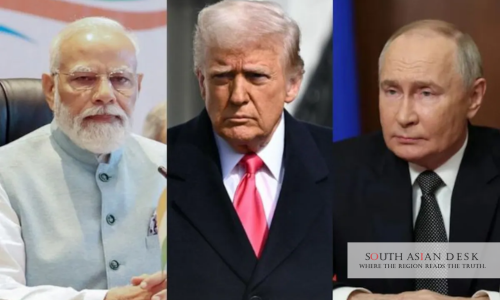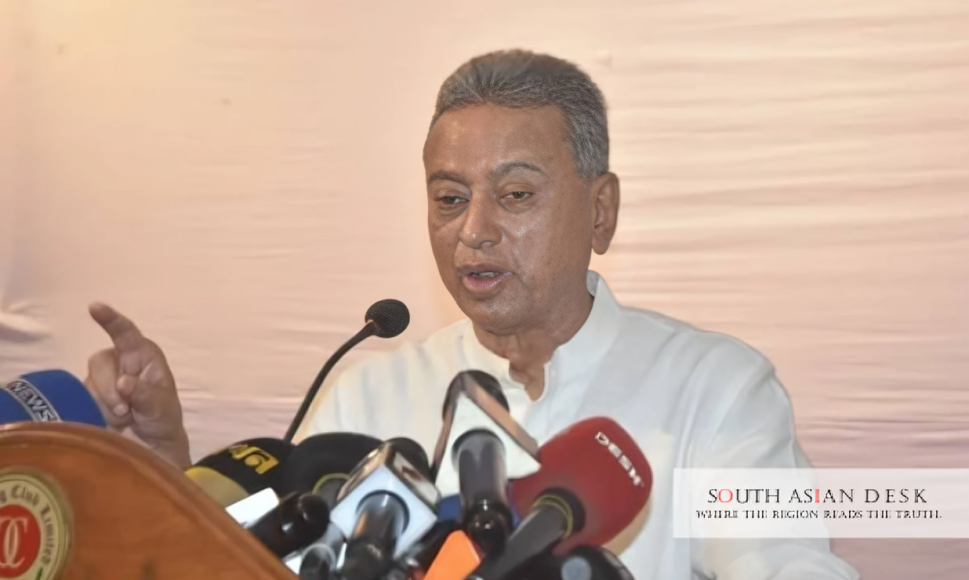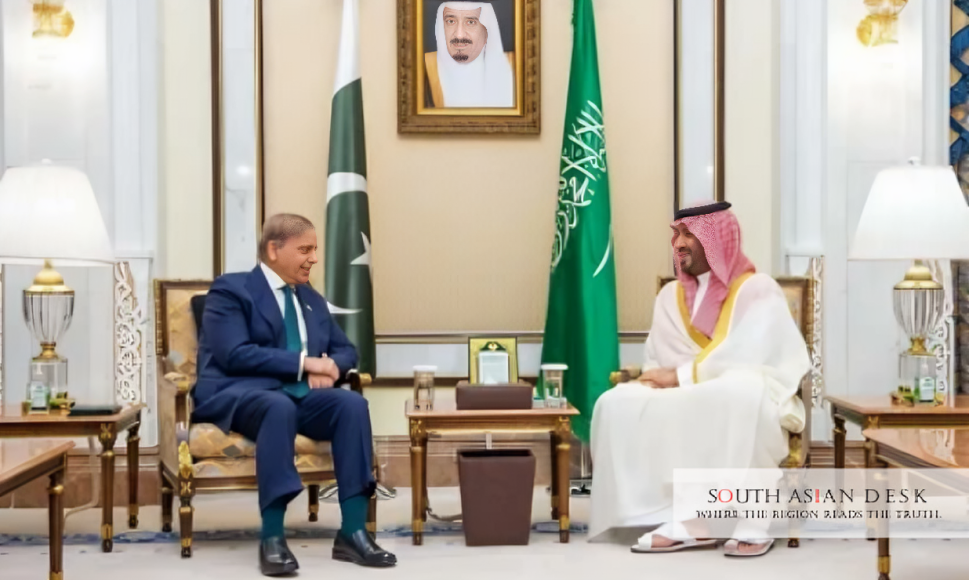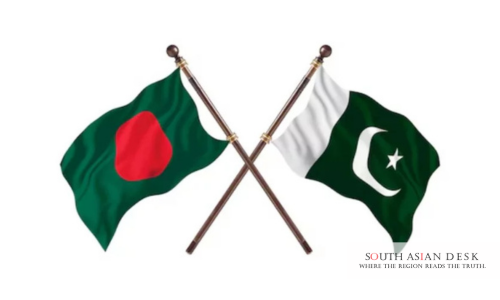Washington: US President Donald Trump announced sanctions on major Russian oil firms on 22 October 2025, targeting Rosneft and Lukoil to force Moscow towards a Ukraine ceasefire, while reiterating claims that India will reduce Russian oil purchases following 25% tariffs imposed on New Delhi for such imports. The Trump sanctions Russian oil firms India story highlights escalating US efforts to isolate Russia economically, with direct implications for South Asia’s energy markets and India’s balancing act between Western alliances and affordable fuel supplies from Moscow.
US Sanctions Rosneft Lukoil India: Key Details
The US Department of the Treasury designated Rosneft and Lukoil, Russia’s two largest oil producers, under Executive Order 14024 for operating in the Russian energy sector. This move blocks all US-based assets of the firms and prohibits American entities from dealing with them. Treasury Secretary Scott Bessent stated the sanctions aim to degrade Russia’s ability to fund its war in Ukraine.
Rosneft, a state-controlled giant, handles exploration, production and refining of petroleum and natural gas. Lukoil focuses on oil and gas extraction, marketing and distribution globally. The sanctions extend to 34 subsidiaries, including Lukoil Perm and Rosneft’s RN Yuganskneftegaz.
Bessent said: “Now is the time to stop the killing and for an immediate ceasefire. Treasury is prepared to take further action if necessary to support President Trump’s effort to end yet another war.”
The action follows Britain’s similar sanctions on the firms last week. Analysts estimate Rosneft and Lukoil account for nearly half of Russia’s oil output, exporting 3.1 million barrels per day. This could disrupt global energy prices, though the US aims to minimise immediate market shocks.
Trump India Tariffs Russian Oil: Background on Penalties
Trump imposed 25% tariffs on Indian goods in August 2025 as retaliation for New Delhi’s continued purchases of discounted Russian crude. A White House fact sheet described the tariffs as a measure to deter nations from bolstering Russia’s economy through oil imports amid the Ukraine conflict.
India, the world’s third-largest oil importer, ramped up Russian purchases after Western sanctions in 2022, saving billions on energy costs. In 2024, Russia supplied over 40% of India’s crude, up from 2% pre-war. The tariffs add to existing trade frictions, with total duties on some Indian exports now reaching 50%.
Trump reiterated during a White House Diwali event on 22 October 2025 that he spoke to Indian Prime Minister Narendra Modi, who assured him India would not buy much oil from Russia. Trump said: “I spoke to Prime Minister Modi and we just have a very good relationship, and he’s not gonna buy much oil from Russia. He wants to see that war end as much as I do.”
Modi acknowledged the call on social media, thanking Trump for Diwali greetings and expressing hopes for joint efforts against terrorism, but did not address the oil claims.
Impacts on South Asian Economies
The Trump sanctions Russian oil firms India scenario poses risks to regional stability. India relies on Russian oil for affordable energy, supporting economic growth projected at 6.8% for 2025. Disruptions could raise fuel prices, inflating costs for consumers and industries across South Asia.
Pakistan and Bangladesh, smaller importers, may face spillover effects if global oil prices spike. Sri Lanka, recovering from economic crisis, could see renewed pressures on foreign reserves. Experts warn of potential supply chain issues for fertilisers and chemicals derived from Russian energy exports.
US officials argue the measures will hasten Ukraine’s resolution, benefiting global security. However, critics say they strain US-India ties, vital for countering China in the Indo-Pacific.
Background: Evolution of US Sanctions and India Ties
US sanctions on Russia began intensifying in 2022 under the previous administration, but spared major oil firms like Rosneft and Lukoil to avoid energy market turmoil. Trump’s second term marks a shift, with the 22 October 2025 action being the first direct hit on these giants.
India navigated CAATSA sanctions risks since 2018 but continued Russian deals. The August 2025 tariffs followed Trump’s frustration with Moscow’s stance on Ukraine. Trump posted the Treasury statement on Truth Social, emphasising calls for an immediate ceasefire.
Diplomatic Exchanges Amid Tensions
Trump’s Diwali remarks highlighted his push for allies to align against Russia. He claimed Modi wants the Ukraine war ended and that India has cut back oil buys significantly. Indian officials have not publicly confirmed or denied these assertions.
The call was the third between Trump and Modi in a month, covering trade, security and energy. Modi posted: “Thank you President Trump for your warm greetings on the festival of Diwali.” No mention of oil or sanctions appeared in official Indian readouts.
What’s Next: Future Implications for Trump Sanctions Russian Oil Firms India
As enforcement ramps up, foreign firms dealing with Rosneft or Lukoil risk secondary US sanctions. India may diversify suppliers to the Middle East or US, potentially raising costs by USD 5-10 per barrel.
Diplomatic talks could intensify, with possible US-India negotiations on tariff waivers if New Delhi demonstrates reduced Russian imports. The Ukraine conflict’s trajectory remains key; a ceasefire might ease pressures. In conclusion, the Trump sanctions Russian oil firms India underscore Washington’s resolve to end the war, but challenge South Asia’s energy dynamics.
Published in SouthAsianDesk, October 23rd, 2025
Follow SouthAsianDesk on X, Instagram, and Facebook for insights on business and current affairs from across South Asia.






